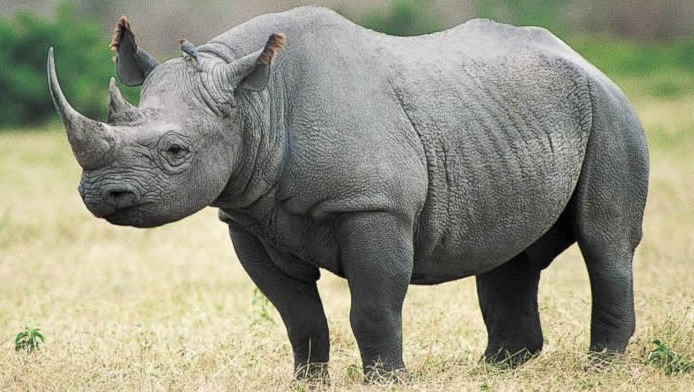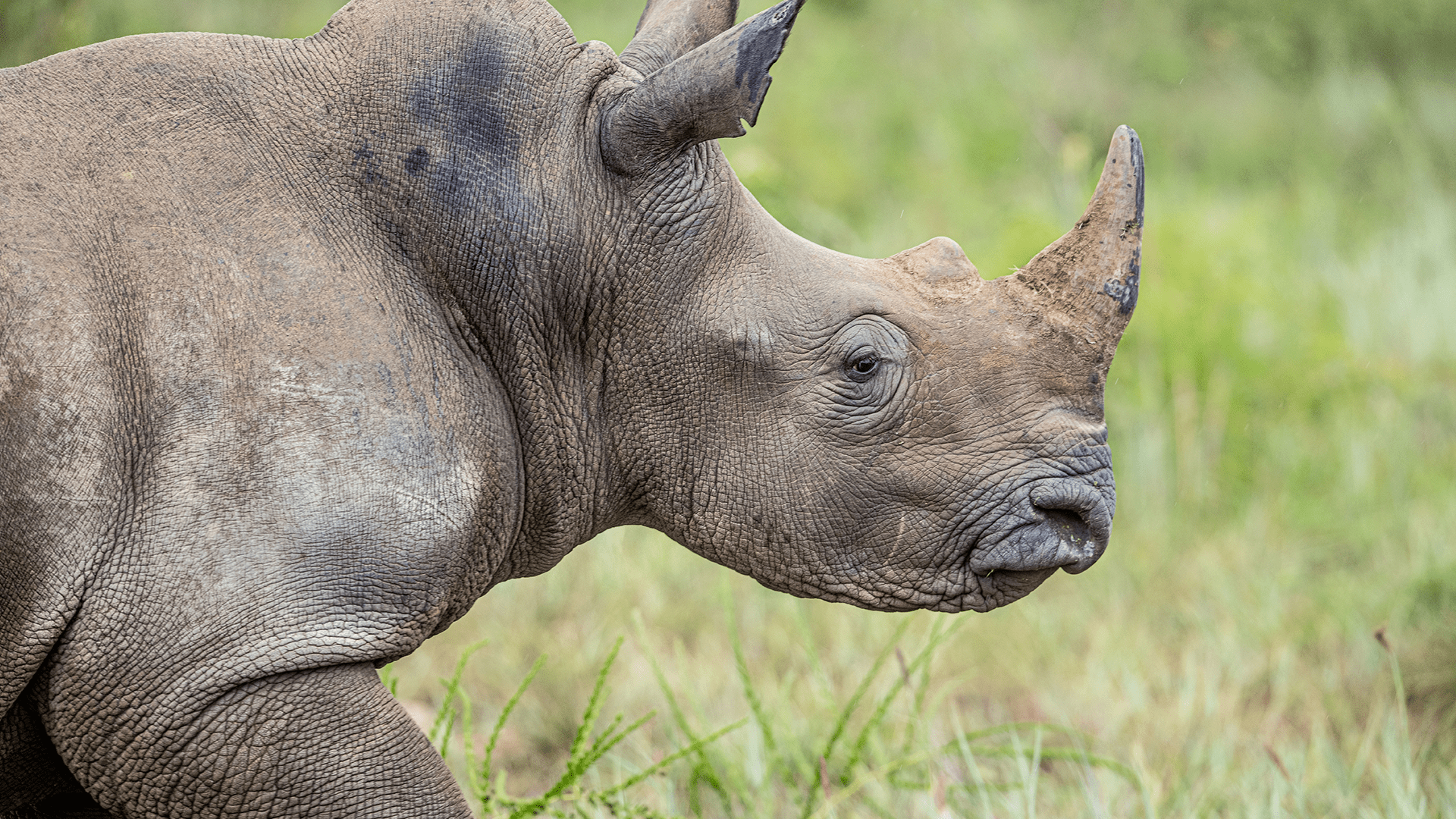Rhinos Thriving in Rwanda : The rhinoceros is one of the world’s most prehistoric creatures, they are literally living dinosaurs. Their existence on this planet supersedes most of the earth’s wildlife. The rhinoceros family diverged from the tapir family some 55-60 million years ago. These African armored iconic giants are teetering on the edge of extinction mainly due to poaching an encroachment of their natural habitat.

There are five rhino species in the world and two of these are African namely the black and white rhino. The remaining three are Asian rhino species which include the greater one-horned, Sumatran, and Javan rhinos, Rwanda Tours. There are thought to be fewer than 70 Javan and 100 Sumatran rhinos left, which makes them critically endangered. The Sumatran, Javan, and Black rhinos are listed as ‘critically endangered by the IUCN. Sumatran rhinos are the smallest of all rhinos, but they can still weigh 600kg (that’s almost 95 stone). White rhinos, on the other hand, are the largest of the rhino species, weighing up to 3,500 kg.
The names of highly contrasting rhinos are misleading- as both are dark. The white rhino got its name from the Afrikaans word for wide ”wyd” referring to its wide, square lip (whereas, dark rhinos have a sharp upper lip).

Early English explorers confused this word with ‘white’ and subsequently named this species ‘white’ rhino, and the other ‘dark’ rhino to differentiate the two.
THE RHINO’S JOURNEY TO AKAGERA NATIONAL PARK
Rwanda’s Akagera National Park is, slowly but surely, regaining its title as one of Africa’s rhino sanctuaries. During the 1970s, the national park was assessed to be home to over 50 eastern dark rhinos. Less than 5,000 black rhinos exist in Africa. Their numbers have been pulverized by poachers who kill them and harvest their horns. In 2010, the nation gave over the administration of Akagera National Park to African Parks, a non-profit that specializes in safeguarding regions all through Africa. Since that time, wildlife in the park has bounced back and black rhinos have been once again introduced. Currently, Rwanda has 18 eastern black rhinos which were deemed locally extinct in 2007 but were reintroduced 10 years later through a cross-continental relocation from South Africa. They were later joined two by another five rhinos obtained from European zoos – the first such operation of its sort. Regardless of their fairly unique (certainly colder) start in life, the zoo black rhinos appear to be adjusting well to life in their native homeland.
WHITE RHINO TRACKING AT AKAGERA
Toward the finish of 2021, 30 white rhinos were moved from Phinda Private Game Save in South Africa in what was the single biggest rhino movement in history. his marked the return of these African giants to Rwanda.
With this eminently huge movement of black and white Rhinos in Akagera National Park, and having these species which are one of the African big 5, has presented the park with fascinating tourist activity which is tracking white Rhinos in Akagera National Park that offers more noteworthy opportunities for sighting the rhinoceros on a guided walking safari with the rhino trackers in observing these game species. Tracking white Rhinos in Akagera National Park is an early morning experience where tourists join the Rhino trackers group on a walking safari through the splendid wild across Kilala plains inside the Akagera National Park on their monitoring duties to follow the Rhinoceros’ wellbeing status and conditions as well as keeping up with their security. This allows travelers to locate the seldom seen rhinoceros inside Akagera National Park as well as experience other natural life species like elephants, lions, bison, impalas, zebras, giraffes, and different bird species among other amazing game species in the savannah fields of Akagera.
There are just two northern white rhinos left in this present reality (2022) and they are both females. The last male died in 2018. The activity is presently permitting a limit of 4 tourists to join the Rhino trackers group by walking as they stroll through the savannah fields to monitor the rhinoceros and the expense of Tracking White Rhinos in Akagera National Park is 75$ per individual.
WORLD RHINO DAY
This is a day of mindfulness for each of the five rhino species and the work being done to save them. It all started around 2011, World Rhino Day has been commended globally on September 22nd by rhino specialists and advocates all over the planet! On World Rhino Day, the Global Rhino Foundation celebrates the five rhino species and every individual who cares about their conservation.
The white rhinos are to a great extent grazers and tracking them at Kilala makes it easier for sightseers to recognize. They are not quite the same as black rhinos that are generally browsers, that is, they feed on tree leaves. Unlike the white rhinos, the black rhinos live on the southern side of Akagera National Park which is fundamentally comprised of acacia forest and woods.
4 of the 5 species of rhino remaining are threatened with eradication while 3 of these species are fundamentally imperiled – meaning they could go extinct in the course of our life.

Rhinos play a vital part in the ecosystems wherein they live. If rhinos somehow happened to become terminated, it would be a huge misfortune to the world.
Rhinos are grazers, and that implies they help to keep vegetation in a natural check. This, in turn, assists with maintaining a healthy ecosystem.
These species also act as food for different predators, including lions and hyenas. They are a significant piece of the African scene and it’s essential to give our best to conserve them.


